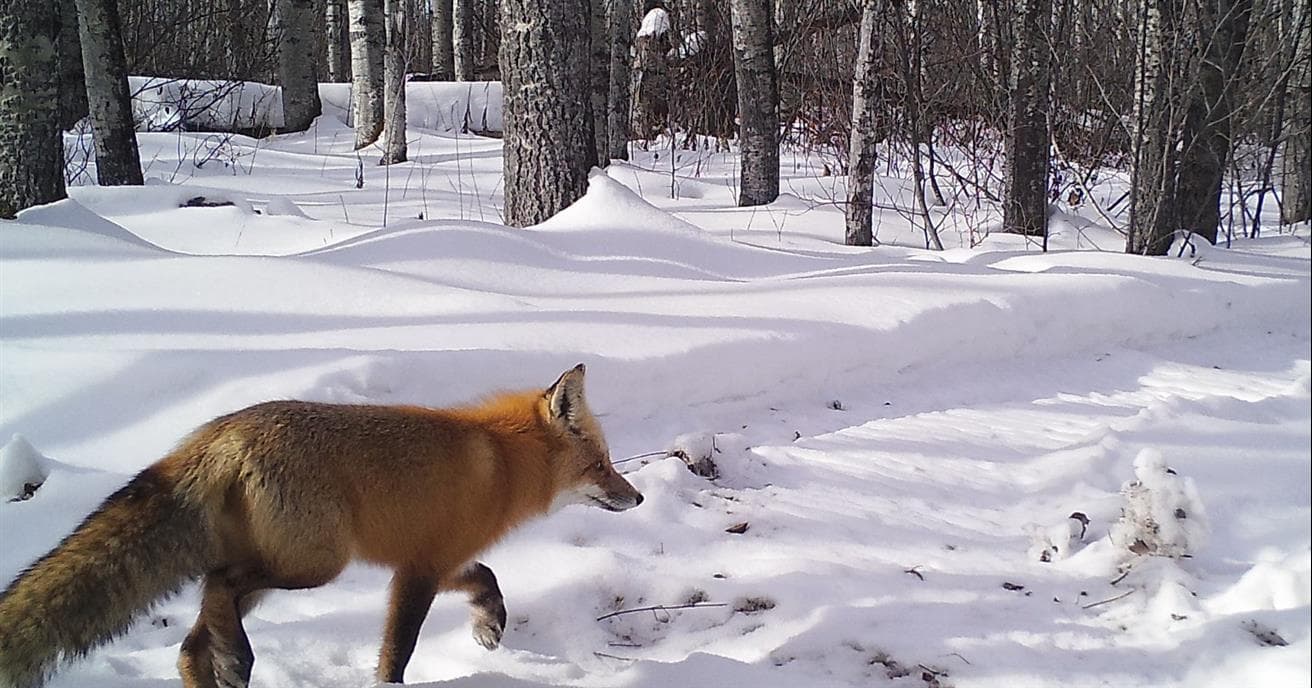We can’t get enough of these photos from our wildlife monitoring program near our operations and our collaborative projects. The program helps us reduce our impact on wildlife habitats around our operating areas. We also do this to monitor the wildlife at our sites, ensure they are not restricted in movement, and are in good health.
We’ve been running wildlife monitoring programs in various forms since 2001 and have similar monitoring programs at all of our oil sands operations. We also work through organizations like Canada’s Oil Sands Innovation Alliance to share knowledge and best practices for wildlife monitoring. In 2019, we had 306 remote cameras deployed throughout our sites in the Wood Buffalo region. Cameras at reclaimed sites in northern Alberta recorded more than 6,100 sightings of 13 wildlife species including seven species of bats in the same year. Wildlife surveys also identified more than 59 species of birds and 14 species of small mammals.
We hope you enjoy this ‘neature’ as much as we do!







